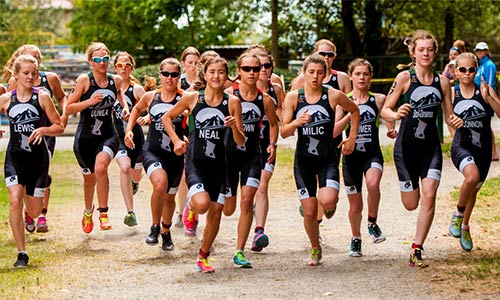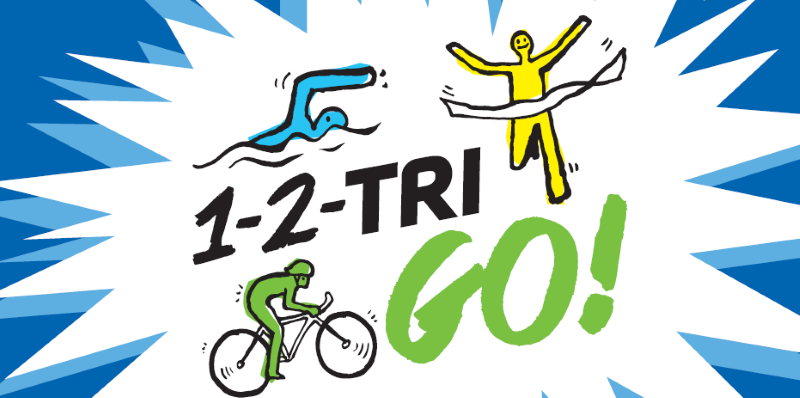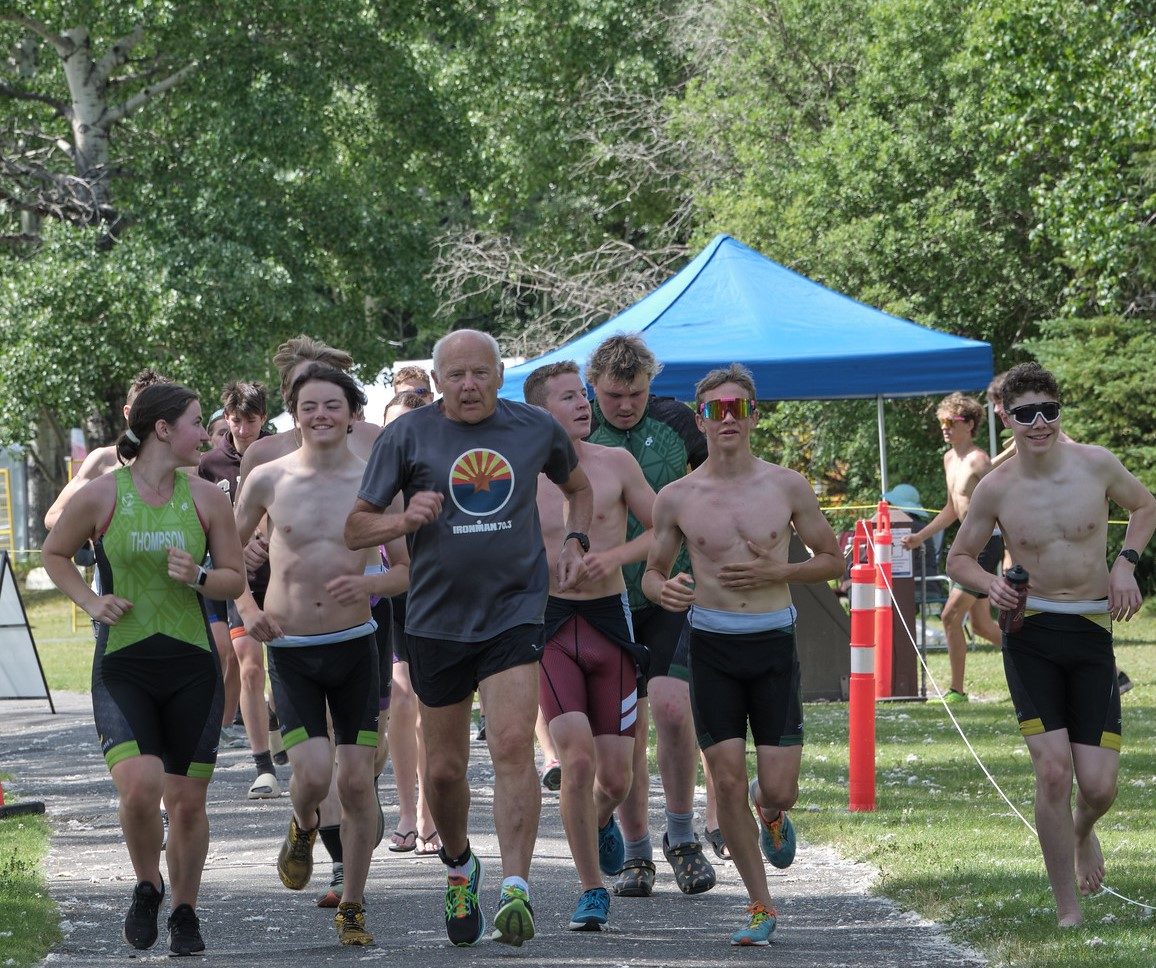SportSTRONG, Youth Development, Youth Training by Akriti Sharma
In many sports, the faster individual or team has a significant advantage over their opponent. For this reason, a large amount of research is dedicated to investigating methods to improving speed—including in youth populations.
The Long-Term Athlete Development and Youth Physical Development Models provide recommendations to train speed and agility in youth athletes based on their maturational age, as assessed by the timing of the growth spurt. In this article we will summarize some of these recommendations.
SPEED VS. AGILITY
At this point, it is pertinent to pause and first identify the different “speed qualities” required in different sports.
Straight line sprint speed underpins successful performance in events such as the 100m sprint and requires a highly developed ability to accelerate and attain maximum speed.
Agility can be defined as “the ability of a fast, whole-body movement involving the changing of direction or speed in response to a given stimulus”. This occurs in many team sports such as basketball, soccer and football, which involve multiple changes of direction and the ability to accelerate and decelerate over shorter distances, rarely attaining maximum speed.
SPRINT SPEED BEFORE & AFTER PUBERTY
When talking about linear (straight) sprint speed, research has shown sprint performance to decline in pre-pubescent athletes just before the growth spurt (typically ages 10-13 for females and 12-15 for males), but subsequently improve during and after. This can be attributed to the body adjusting for structural changes and re-learning sprint mechanics.
Evidence shows pre-pubescent improvements are influenced by coordination via the nervous system and motor recruitment patterns, whereas pubescent and post-pubescent improvements can be attributed to structural and hormonal changes that lead to increases in muscle size and limb lengths.
It is recommended that pre-pubertal athletes focus their training on coordinating sprint and plyometric (jump) technique (targeting the nervous system) and complement it with strength training (targeting muscle size and production).
Post-pubertal athletes should start incorporating strength training that is aimed at inducing muscle size and utilize the onset of hormonal changes that promote muscle development and consequently the ability to sprint faster.
AGILITY
A significant amount of research indicates that strength relative to one’s bodyweight is related to change of direction speed and acceleration. Thus, as with straight running speed, strength training should be incorporated through all stages of youth athlete development in order to improve agility.
Specific methods of agility training include technical skills and change of direction drills that involve anticipated and unanticipated changes of direction. For example, in an anticipated agility drill, cones could be set up in different formations and the athlete is instructed to run to each cone in a certain order. In such a drill, the athlete knows where they are going.
Conversely, in an unanticipated drill, the cones may be of different colours and the athlete does not know beforehand which cone they are supposed to sprint toward. Rather, the athlete has to react to a coach’s/partner’s voice as they call out colours.
Youth athletes should generally focus on certain positions involved in changing direction such as being able to maintain a low hip position and a forward lean in anticipated and unanticipated change of direction tasks. The anticipated tasks provide them with a closed environment to practice their technique while the unanticipated reactive tasks simulate sport conditions.
Training this reactive component of agility will form the majority of training and it should also be noted that in the competitive environment, this quality is influenced by an athlete’s ability to read and anticipate game situations. Therefore, it will also be trained over the years by participating in the sport itself.
CONCLUSION
The key take-away is: improving speed and agility is a long term process which includes strength training as an integral component.
The effects of speed, agility, and strength training have been shown to have an impact on youth athletic performance and thus young athletes are urged to complement their sport training with physical training that prepares their bodies for sport.
Fortius Sport & Health offers a 12-week youth strength & conditioning program called SportSTRONG, aimed at developing physical attributes that are fundamental to sport performance (such as speed, agility, strength and power).
Book a free consultation today, to see if SportSTRONG could be the right fit for your young athlete.




